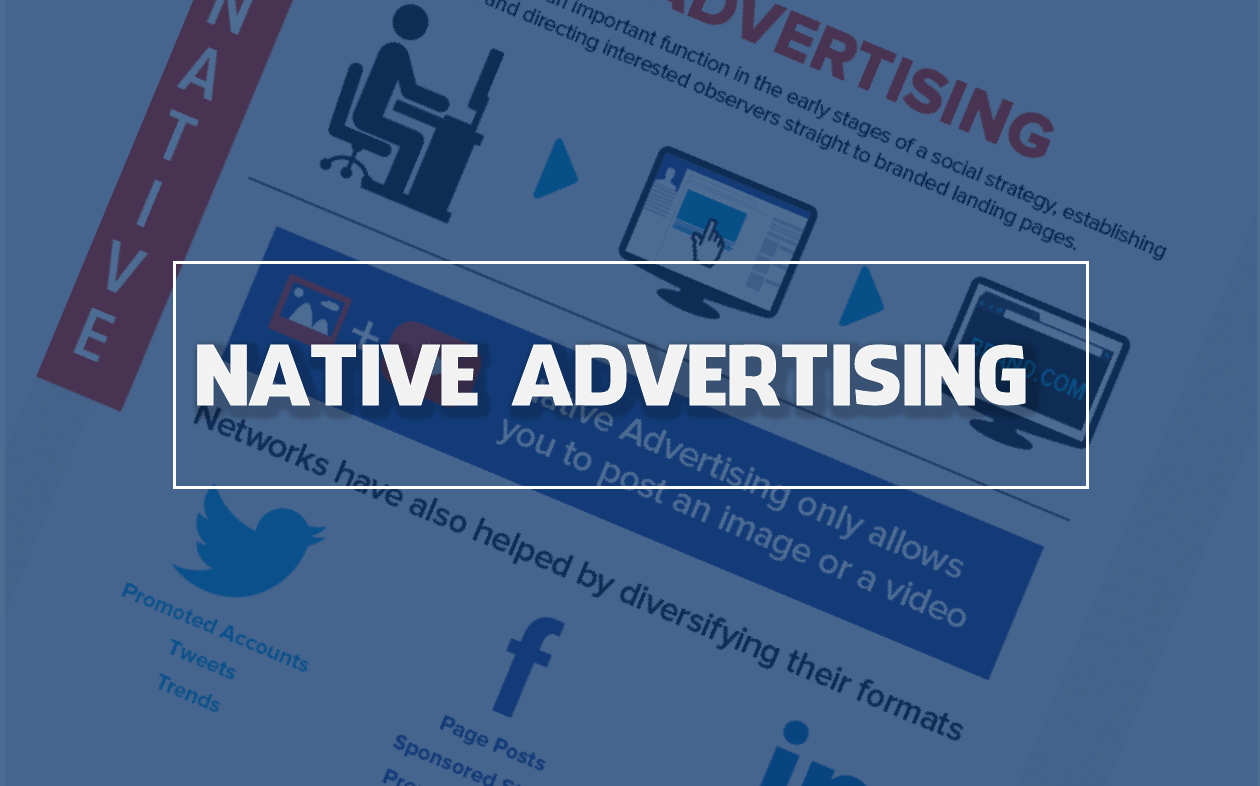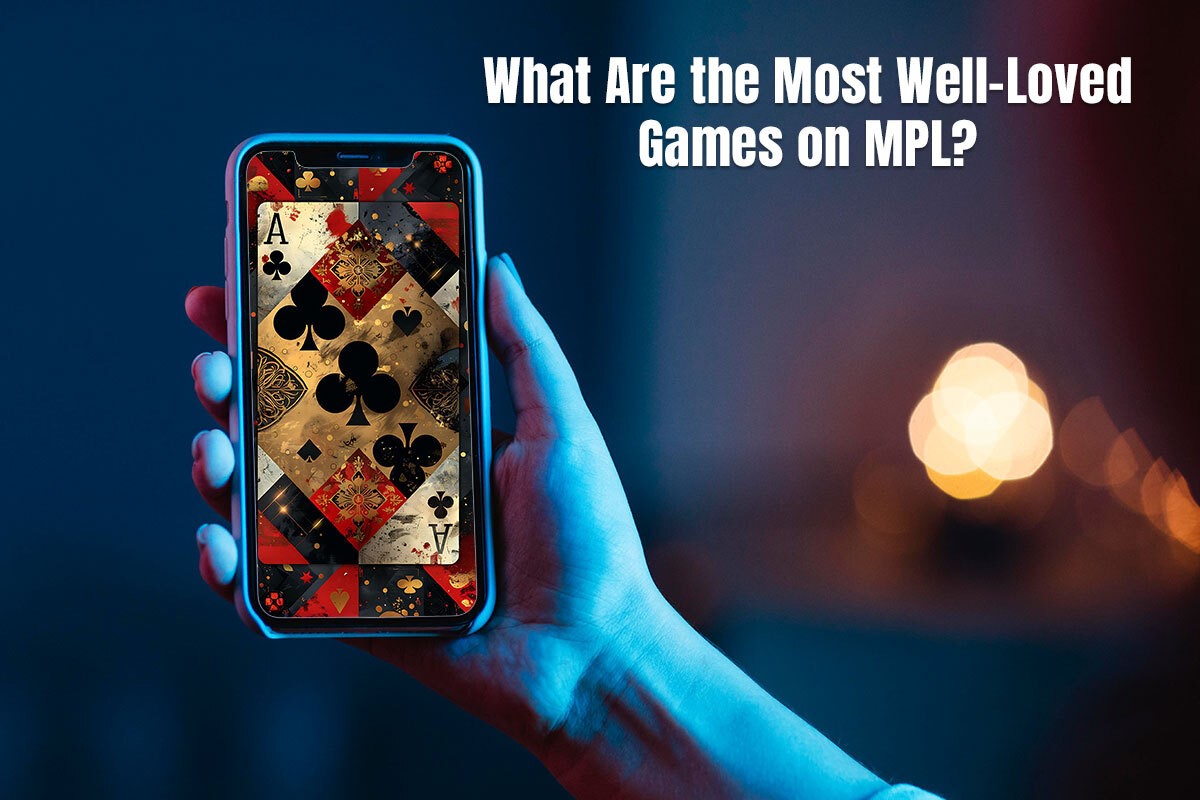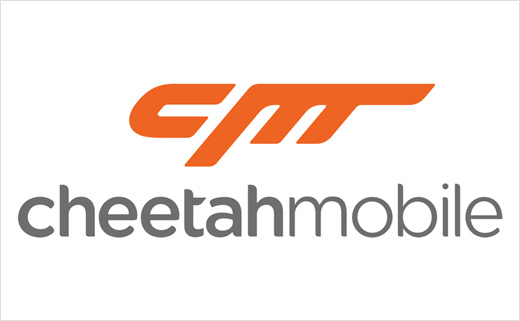By Dale Lovell, Chief Digital Officer, ADYOULIKE
By definition, native advertising is a form of paid media where the advertisement is relevant to the consumer experience, integrated into the surrounding content and is not disruptive. Simply put, native advertisements look and feel like the content that surrounds them. The ads sit within the editorial feed sections of websites, and the ad works in the same way as existing editorial; for example, you normally will have to click on the content in order to interact with it.
Native advertising has experienced significant growth in recent years, as marketers have sought to break through the increasingly cluttered digital landscape. However, to date, marketers have treated native as just another format—another arrow in their digital advertising quivers. Quite frankly, this viewpoint sells native advertising short.
“Native advertising”—although the term comes from the advertisement matching the look and feel of the editorial surrounding it, in that it is native to the publication it sits on—is actually better used as a term to describe the advertising format that is indigenous—native—to online. Native advertising isn’t another digital ad format. It is the digital ad format.
Think about it. Banner ads were essentially adopted by early websites to replicate the standard ad blocks seen in newspapers. A banner says, “This is where the ads can sit—in these standard block units.” Video ads, even still today, are quite often repurposed TV ads. All are formats that came before the advent of the internet.
Native advertising is different. Like the digital medium itself, native ads take elements from other media, but use them correctly for the digital world. Native advertising is the first “native” advertising format of the digital world. We are barely 20 years into mass internet usage, and far, far less for mobile browsing. Native advertising is the format all future digital advertising will take.
Native advertising is in part a consequence of and reaction to some major digital consumer trends—mobile, social media, video, content, ad blocking, the decline in print and many smaller and subtler changes. It’s only when you look at the journey that digital has taken over the last 20 years that it all suddenly clicks into place. For some people, native advertising is the solution that digital publishing has been waiting for—the format that will transform the fortunes of struggling digital publishing business models and usher in a new golden age in publishing. For others it’s a symbol of the death of publishing as we know it, the death of editorial independence and the last-ditch—“dead cat bounce”—effort of an industry that has been searching for a business model for 20 years or more, and failing.
But native advertising is fundamentally not a revolution in advertising—despite what many vested interests may try and tell you. It’s an evolution. It is a medium born out of major changes in consumer habits online. It’s the evolution of advertising formats for a mobile-first world. It’s the evolution of advertising content for a world that is continuously engaging with the feed, where interruption is only OK if you do it in an entertaining or informative way. It’s the evolution of publishing and platform revenue models for publishers that can no longer afford to rely on dwindling returns from print. It’s the evolution of the newsroom and editorial jobs. It’s a technology that can actually help against ad blocking and help distribute the countless pieces of content brands that publishers are creating on a daily basis.
Native advertising will continue to influence and affect our daily lives for many years to come. In today’s era of privacy, particularly with the General Data Protection Regulation (GDPR) going into effect on May 25, native advertising’s importance will be accelerated thanks to the inherent and overt value exchange it provides to the consumer. It behooves marketers to immerse themselves in the creative, technological and commercial aspects at play behind these ads. Going forward, they will not just represent an important part of the digital ad ecosystem. They very likely will represent its entirety.



